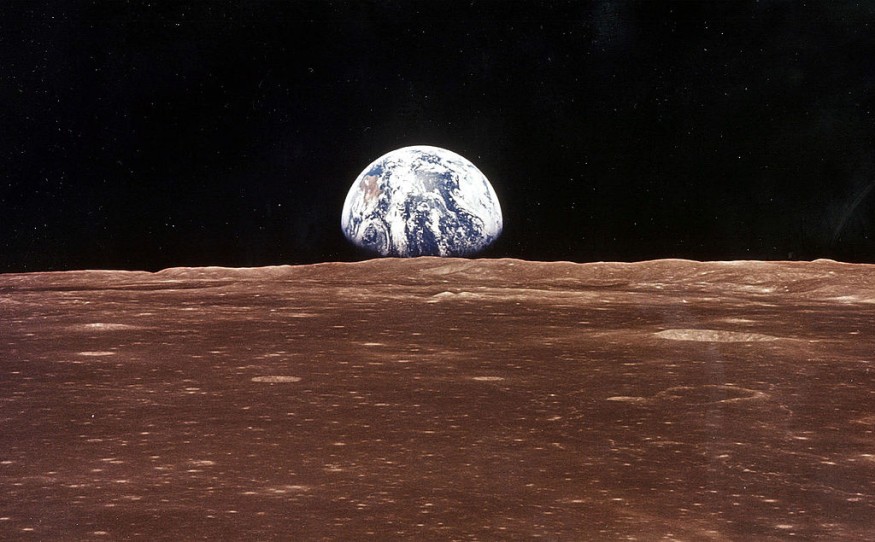NASA is finding business collaborators to help set up nuclear fission power plants for further space colonization on the Moon and Mars in the future. The proposal outlines the construction of a surface power system for the 10-kilowatt fission class, with plans to construct and deploy it by 2026.
The device will be completely designed, manufactured and tested on Earth for deployment to the Moon with minimal assembly needed, according to Anthony Calomino, NASA's nuclear technology portfolio chief. NASA will mount the device to a lunar lander until finished and slowly lowered to the Moon's surface.
The space agency will bring the technology to other planets if the mission is successful, with Mars becoming a primary contender for the future, The Washington Post reported. The reactor is planned to promote discovery in the southern polar area of the moon. The organization claimed that a particular area for exploration on the Martian surface has not yet been established.
The justification for creating these outposts would be to create vast amounts of electrical power, enabling the construction of manned outposts in space. Four modules would provide 10 kilowatts of electrical electricity and would supply sufficient power to maintain it.

"Four units, providing 10 kilowatts of electrical power each, would provide enough power to establish an outpost on the moon or Mars," Calomino told CNBC. "The ability to produce large amounts of electrical power on planetary surfaces using a fission surface power system would enable large-scale exploration, [the] establishment of human outposts, and utilization of in situ resources while allowing for the possibility of commercialization."
The Idaho National Laboratory, a testing institution focused on pursuing the objective of a nuclear power facility on the moon, is one of the main collaborators actively collaborating with NASA. Scientists agree six years is a feasible timeframe and are currently focusing on investigating how NASA's ambitions can be allowed by power conversion, heat rejection and space travel technologies.
How The Reactor Will Work
The proposed reactor will ultimately operate via a nuclear core which generates heat for transfer to the power conversion system. It is then necessary to turn this energy into electricity and use it to fuel any variety of equipment, including home bases for astronauts entering deep space.
More than 22 firms have replied to the open request for business participation, per Gizmodo. But although they are claimed to have expertise in the sectors of aerospace, nuclear and power conversion, only a few have been called (Blue Origin and BWXT).
"We can utilize existing facilities and technical expertise resident at our national laboratories to support this important initiative to meet the country's timeline," said Steve Johnson, director of the Space Nuclear Power and Isotope Technologies Division at the Idaho National Laboratory.
Second round proposals will be released in early 2021 at this point, but while we're still a long way from learning how NASA's strategy will play out, there's plenty of enthusiasm to look forward to. Space exploration is only in its relative infancy, and too much needs to be discovered.
Is a Nuclear Reactor Safe on the Moon?
Among the general population, the thought of a nuclear reactor on the moon could sound odd or perhaps harmful. Andrew Crabtree, the creator of Get Into Nuclear, said that although there were several considerations to weigh in this endeavor, the question of whether nuclear power in space is secure to use is not one of them.
Crabtee told CNBC that nuclear energy has been used in space numerous times before. According to Crabtee, Apollo 12 first used the nuclear electrical power system on the moon.
He also said it should be easy to relax for citizens with reservations regarding maintaining space clear of emissions.
Steve Melink, author of Fusion Capitalism: A Sustainable Technology Vision For Conservatives, and founder and CEO of Melink Corp., a commercial construction industry business that supports green energy, said that other considerations were also to be weighed.
He proposed that NASA use solar photovoltaics, which he said is already being used to produce electricity in space, and which he identified as a feasible solution.
Check out more news and information on Space on Science Times.
© 2026 ScienceTimes.com All rights reserved. Do not reproduce without permission. The window to the world of Science Times.









